Structural Geology
| School | Natural Sciences | ||||||||||||
| Academic Unit |
Geology Department | ||||||||||||
| Level of Studies |
Undergraduate | ||||||||||||
| Course Code |
GEO_405 | ||||||||||||
| Εξάμηνο σπουδών | 4ο | ||||||||||||
| Course Title |
Structural Geology | ||||||||||||
| Independent Teaching Activities |
Lectures, laboratory work, fieldwork | ||||||||||||
| Weekly Teaching Hours |
2 (Lect.) +2 (lab.) | ||||||||||||
| Credits | 4 | ||||||||||||
| Course Type |
Basic General knowledge / Field of Science | ||||||||||||
| Prerequisite Courses |
No | ||||||||||||
| Language of Instruction & Examinations |
Greek. Teaching may be however performed in English in case foreign students attend the course. | ||||||||||||
| Is the Course offered to Erasmus Students |
Yes | ||||||||||||
| Course Web-Page (URL) | https://eclass.upatras.gr/courses/GEO315/ | ||||||||||||
| Learning Outcomes |
The course is addressed to undergraduate students who know and understand the basic principles of Geology. The aim of the course is for students to acquire advanced knowledges and skills on themes related with the tectonic structures as well as with the processes, movements and forces that produce the structures. By the end of this course the student will be able to:
|
||||||||||||
| General Competences |
Generally, by the end of this course the student will, furthermore, have develop the following general abilities (from the list above):
|
||||||||||||
| Syllabus |
The course content includes the following chapters: Basic concepts; Mechanical properties of rocks; Stress and rocks; Deformation mechanisms; Introduction to tectonic faults; Normal faults; Thrust faults; Strike-slip faults; Joints; Shear zones; Folds-basic concepts; Fold generation mechanisms; Cleavage2D and 3D graphical representations |
||||||||||||
| Delivery | Face-to-face | ||||||||||||
| Use of Information & Communication Technology |
|||||||||||||
| Teaching Methods |
|
||||||||||||
| Student Performance Evaluation |
Written examination after the end of the semester. The examinations includes both essay and computational questions. | ||||||||||||
| Attached Bibliography |
- Related academic journals:
|





